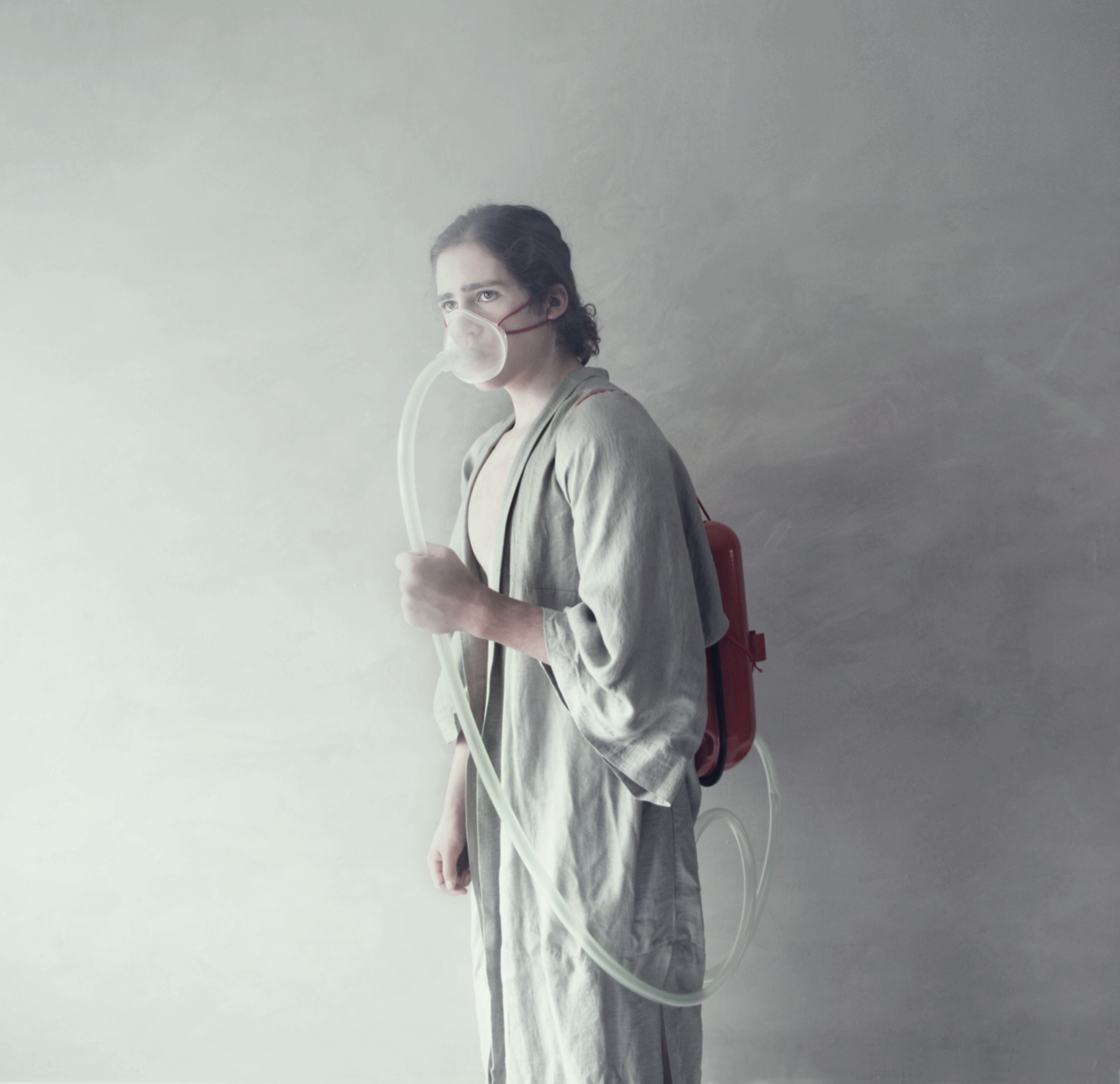Last Updated on 09/25/2020 by Mark Beckenbach
All images by Maren Klemp. Used with permission.
“I’m sure every parent is or has been worried about their children, it’s part of being a parent,” says photographer Maren Klemp. She was faced with one of her biggest challenges in life. In 2013, her daughter became unwell, resulting in a complex febrile seizure. The seizure shook Maren and her family to pieces. Although her daughter survived, the consequence, for Klemp at least, was a world of worry, anxiety, and PTSD. As life got darker for the Norwegian photographer, she turned to photography to help her heal. Born out of her pain was her latest project, Scenarios.
“The worst part of it was the fear of her having new seizures. It took over our lives, and we were constantly on alert. Things would never be the same again.”
— Maren Klemp
In Conversation with Maren Klemp
We’re always interested in the different ways people use photography to help with the personal challenge of life. The Phoblographer has long advocated for using the discipline to help cope with pressures put on our mental health. We spoke to Klemp about her story, encouraging her to open up about her experience.
Gear Used by Maren Klemp for Scenarios
While a project like this focuses more on the creative side of photography, we like to know what tools help a photographer get in the zone and create their best work. For this project, Maren Klemp used a Canon 5D Mark III combined with the Tamron 24 – 70mm f2.8.
Phoblographer: If comfortable, please share the full details of the medical trauma your family faced in 2013?
Maren Klemp: In 2013 our daughter had a massive complex febrile seizure that lasted close to an hour. During the seizure, she stopped breathing, and I had to perform mouth-to-mouth resuscitation on her. I was certain she was dying in my arms.
The paramedics arrived and started working on her. Luckily she started breathing again, however, the paramedic could not stop the seizures, even with large doses of medication. Because of this, an ambulance with a pediatrician waited for our ambulance by the road to the hospital, jumped in, and started working on our daughter. A team of doctors was waiting for us when we arrived at the hospital. Finally, the seizure began to slow off. She stayed at the hospital for two nights before she was discharged and we could go home. Because of the severe seizure, she lost parts of her language, but other than that she was going to be fine.
The experience was very traumatic for me and my husband. The worst part of it was the fear of her having new seizures. It took over our lives, and we were constantly on alert. Things would never be the same again.

Phoblographer: How soon after the trauma did you start to develop anxiety about it happening again?
Maren Klemp: Right away. The doctors informed us that the moment she develops a fever, we have to give her paracetamol, or else this could happen again. This had us constantly checking her temperature, and every time she got sick we were stricken by fear. I started to develop anxiety for bacteria and viruses, and I was diagnosed with post-traumatic stress disorder. The chances that she will experience a new seizure now that she is older are extremely low, but my anxiety and fear remains the same.
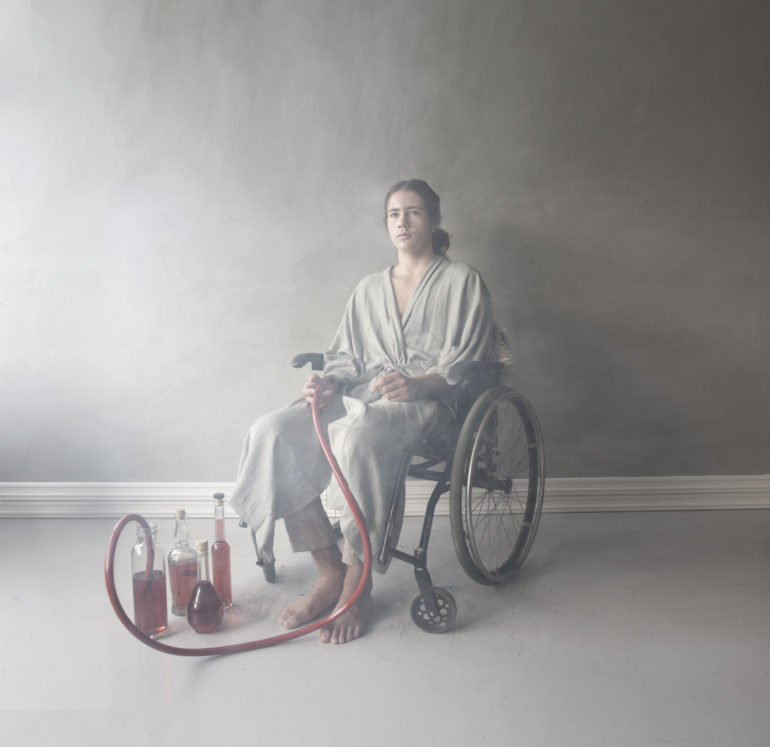
Phoblographer: Was photography your first way of managing your anxiety? Or was it more of a process of experimentation?
MK: Yes, it was. I started the project Between Intervals not long after the incident. The project is about mental health and my own experiences with depression and anxiety. It doesn’t mention what happened to my daughter, but working on the project gave me a break from being constantly worried about her.
“I felt uncomfortable, but it also felt like I was taking back control over my life. I felt ready to confront my fears and talk about them, and that was a huge step for me.”
— Maren Klemp
Phoblographer: Talk to us about how you came to the realization that your experience needed to be communicated in the form of a photography project.
MK: Because it took over my life completely, and it has become a part of me. I’ve created personal projects in the past, and I have been open about mental illness, but I just haven’t been able to touch this stuff until now. I think it is an important subject to address, because I’m sure a lot of parents out there that have experienced something similar, and are struggling afterward. Our daughter turned out fine, but I can’t stop thinking about the parents out there that have lost a child and how devastating and hard that must be.
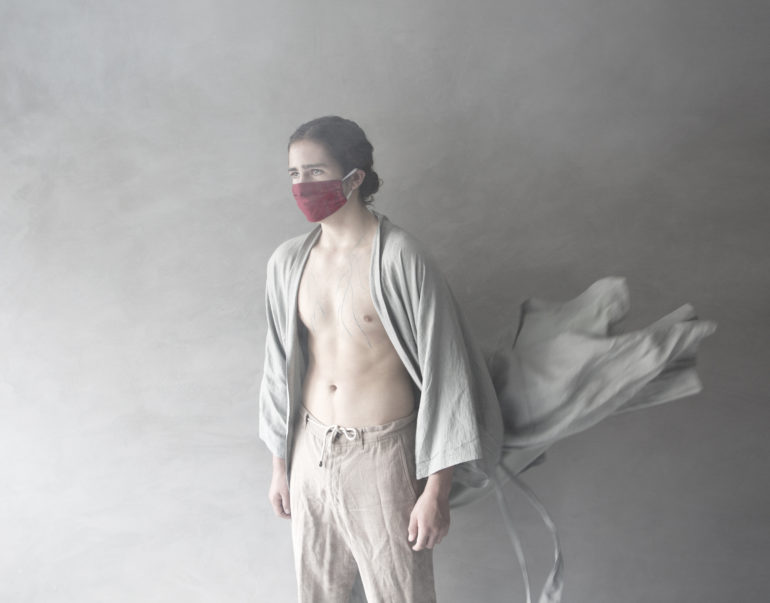
Phoblographer: What feelings did you experience during the creation of each photograph?
MK: I felt uncomfortable, but it also felt like I was taking back control over my life. I felt ready to confront my fears and talk about them, and that was a huge step for me.
Phoblographer: Each photo is very detailed. What do they represent to you?
MK: Anxiety can make you lose your connection with reality for a short while. During panic attacks, a lot of strange images pop up in my mind. These images are surreal and have no roots in reality. When I come to my senses I think “oh my god, what was that all about, what was I thinking?” I decided to recreate the scenarios my mind creates during panic attacks, which was quite therapeutic.
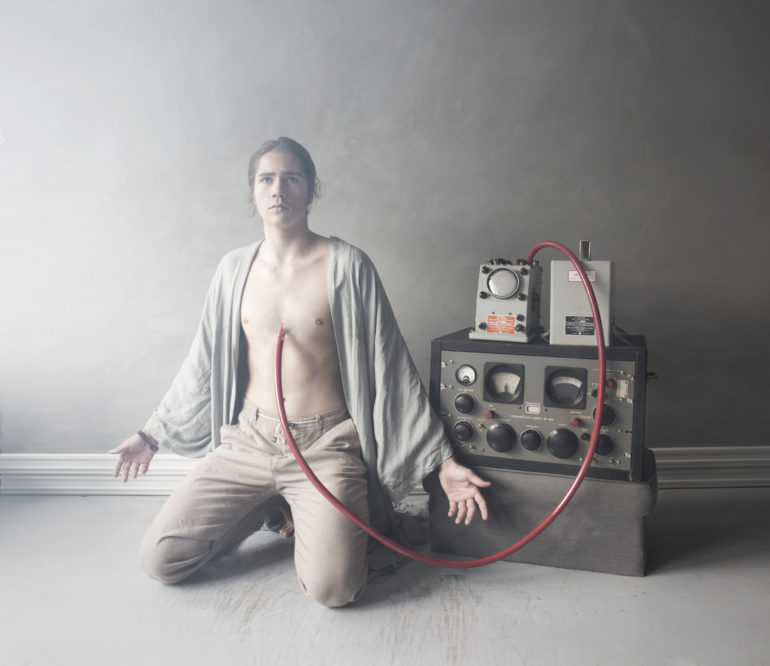
Phoblographer: Your subject is your son. How did that dictate the way you photographed this project?
MK: Sally Mann once said, “the things that are close to you are the things you can photograph the best.” This is so true. For some reason, it didn’t feel right to photograph my daughter for this project, so I asked my son. I explained to him what the project is about and he wanted to be a part of it. He knows what happened to his sister, and that made it easier for me to convey my intentions behind each photograph, and he knew exactly what I wanted him to do when I photographed him.
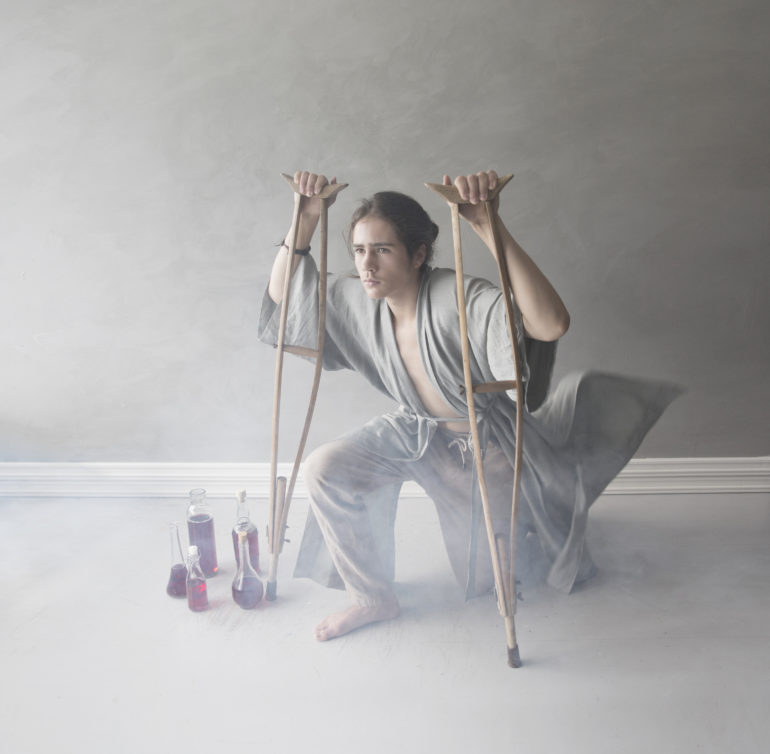
Phoblographer: What impact – positive, negative, or neutral – did the project have on your anxiety during the process of creation?
MK: It did have a positive impact. It kept me busy and made me deal with my emotions at the same time. The project was on my mind when I woke up in the morning, and when I went to bed at night. I thought about it all the time, and I didn’t push it away. I’ve always been afraid of being perceived as a negative and complaining person, so I mostly keep my struggles to myself, but this time I opened up and talked about it to the people around me, which eased my anxiety a great deal.
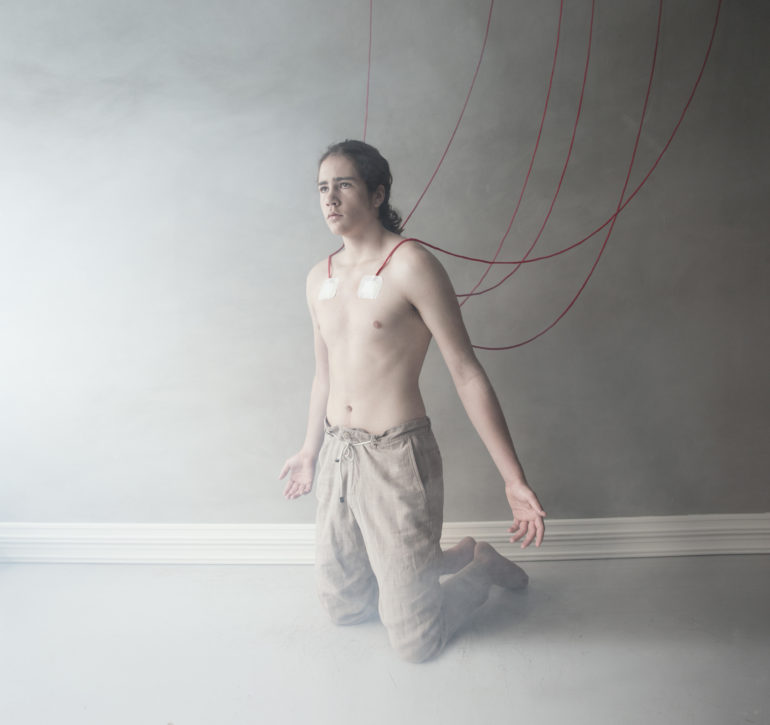
Phoblographer: Did completing the project give you any form of closure? How were you in the end?
MK: Yes, I did get a form of closure. The PTSD is still there, and I occasionally have bad days, but it made me able to control my anxiety better after I addressed it. It was much more than just taking the photographs. I spent a lot of time figuring out how to execute the shoots, and I even built a set in my living room. I constantly focused on the project for over six months, and that forced me to deal with it.
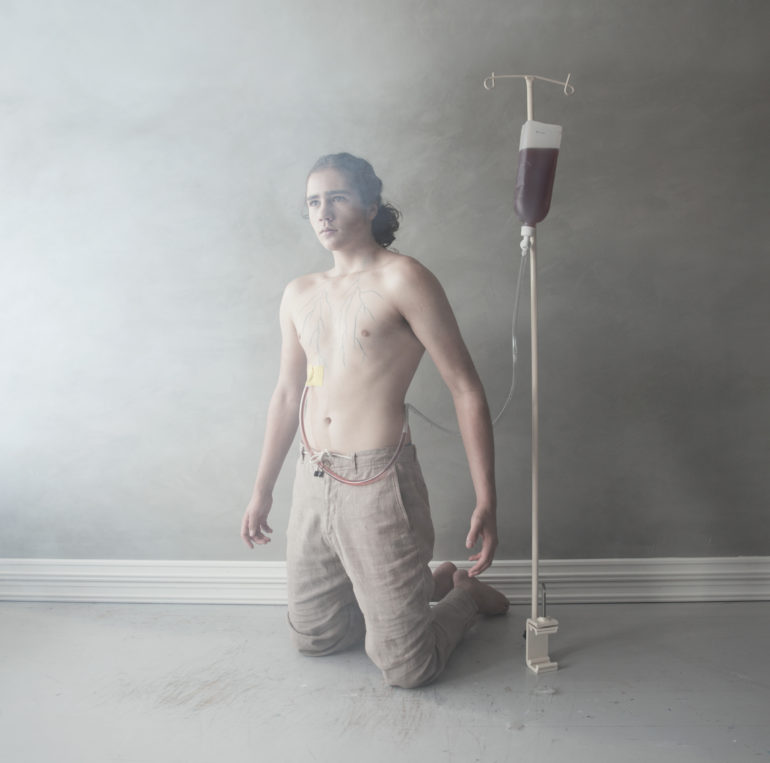
You can see more of Maren Klemp’s work by visiting her website.


